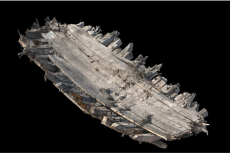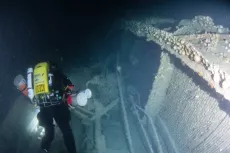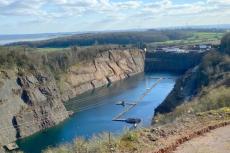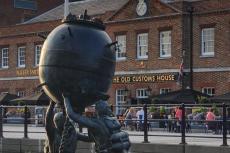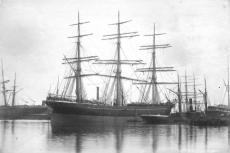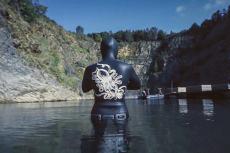Wreck of HMS Gloucester discovered off Norfolk, UK
Brothers Lincoln and Julian Bardwell found the wreckage of HMS Gloucester, the warship that carried King James II, off Norfolk coast in 2007, but the discovery was kept secret until recently.
The Gloucester ran aground some 28 miles off the coast of Great Yarmouth, Norfolk, on 6 May 1682, nearly killing the Duke of York, who became King James II of England. The incident happened after a dispute about navigating the treacherous Norfolk sandbank which the ship hit at about 5.30 and sank within the hour. Between 130 and 250 people died.
Since running aground on the sandbank the wreck of the warship has lain half-buried on the seabed. The Gloucester's exact whereabouts were a mystery until it was discovered 15 years ago by two Norfolk-based brothers Julian and Lincoln Barnwell. The find has only just been revealed due to the need to protect the historical site.
Important maritime find
The discovery of a shipwrecked warship that sank while carrying a future King has been hailed as the most important maritime find since the Mary Rose.
The then Duke of York fled the sinking ship with moments to spare and went on to become the Catholic heir to the Protestant throne in an era marked by religious and political unrest.
Due to the age and prestige of the ship, the condition of the wreck, the finds already rescued, and the accident’s political context, the discovery is described by Prof Claire Jowitt, a world-leading authority on maritime cultural history, as the most important maritime discovery since the Mary Rose.
There are no current plans to raise the wreck of the Gloucester because much of it is buried under sand.
A major exhibition, displaying finds from the wreck—including the bell that confirmed the ship’s identity—is planned for spring 2023 at Norwich Castle Museum & Art Gallery.




